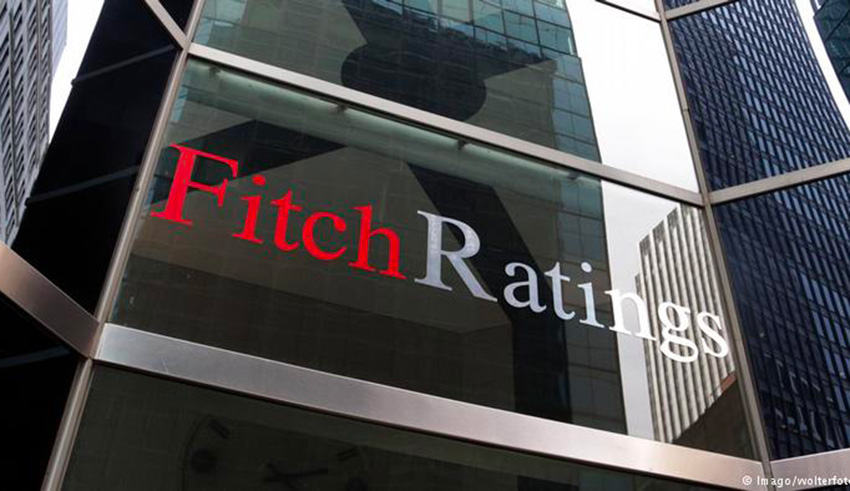The exposure of Tunisian banks to sovereign risk (excluding public companies) was 16% of the sector’s assets, at the end of May 2022, or about 90% of the sector’s capital, according to a note from Fitch Ratings on the Tunisian banking sector .
Although not particularly high by regional standards, this situation poses risks for the sector due to the lack of capital. The risk exposures of the Tunisian banking sector are mainly in local currency, which means that a restructuring of the state’s debt in local currency could cause substantial losses, the international rating agency explains in a paper released on Wednesday.
Despite sovereign risks, liquidity pressures eased as a result of continued deposit mobilization and increasingly cautious lending. The sector’s reliance on central bank funding was 5% at the end of May 2022, well below the peak of 15% in 2019, when Tunisia faced a severe liquidity crisis. The average loan / customer collection ratio calculated by Fitch fell to 111% at the end of the 22nd half year (end of 2021: 114%).
The Tunisian banking system is relatively insensitive to tightening global financial conditions given its low dollarization, which limits refinancing risks, according to the same source.
Banks subscribe a large volume of government bonds to finance the government deficit and only 1% of the deposits of the sector’s customers are denominated in foreign currency. However, a slowdown in deposit growth, combined with increased government refinancing requests, could lead to further pressures on liquidity.
The profitability of Tunisian banks limits the impact of the sector’s binding operating environment
The rating agency indicated that the profitability of Tunisian banks, which returned close to pre-pandemic levels in the first half of 2022 (1H22), should help limit the impact of the restrictive operating environment in the sector, despite the increase. credit risk and the deterioration in the quality of assets.
Lower loan provisions and higher interest rates led to a strong return to profitability in the first half of 2022, with the industry average return year-over-year increasing to 16% versus 10% in 2021 to be close to its 2019 Level of 17%.
On the other hand, the agency said that the average net interest margin of the major banks rose to just 4% in the first half of 2022 compared to 3.8% in 2021 and this, due to the insignificant effect of the interest rate increases that have relatively low refinancing costs given the high share of current accounts and low yield savings.
Operating profitability was favored by the decline in provisions for loan provisions, which represent, on average, 31% of the result before the recognition of provisions (43% in 2021), the agency highlighted.
The agency doubts that loan-related provisions are sufficient to cover credit risks, given the sector’s binding operating environment and deteriorating asset quality, noting that high inflation, rising interest rates and Political instability puts pressure on creditors, as the average ratio (bad loans) of the nine largest banks (excluding STB Bank) increased by 150 basis points to 11.7% at the end of 1H22 versus an industry average of 13.1%.

